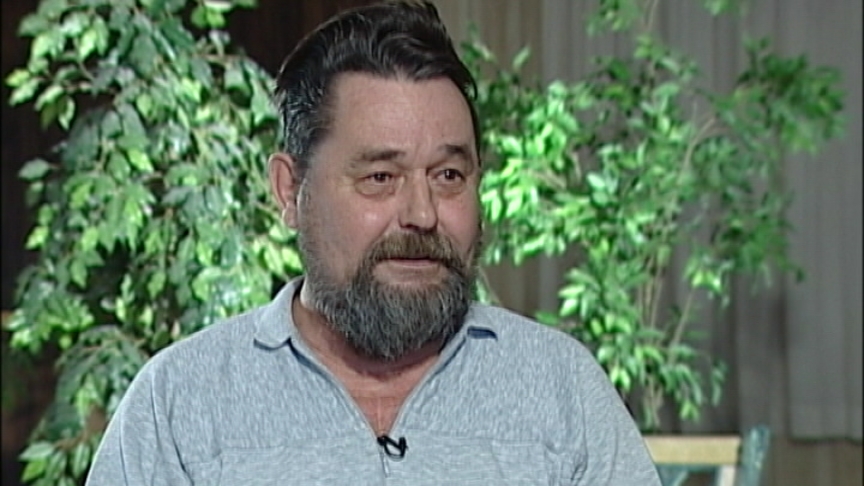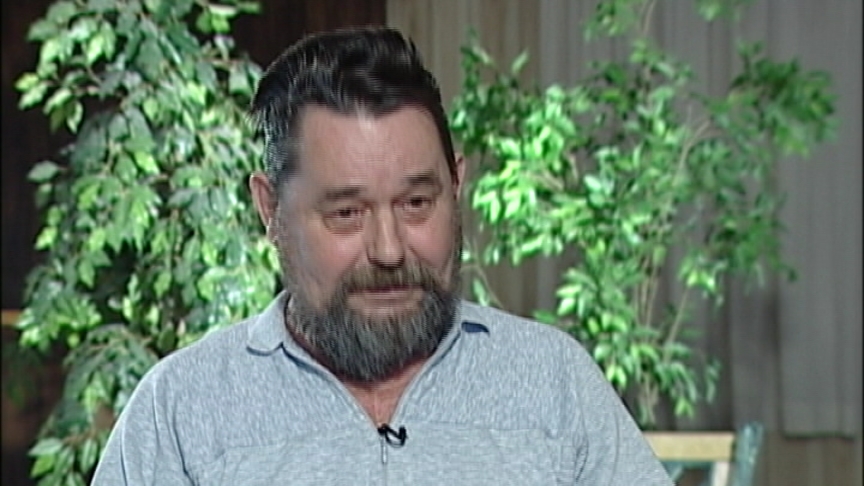No Praise for Tri-Service
Heroes Remember
No Praise for Tri-Service
Tri-service is when they would put the navy, army and air force
altogether and it just didn’t work out. So a lot of us got
out, a lot of us got out. Why would you have somebody come on
board ship that was in the army or the air force and not know
which is the stern or the bow, you know? They were trained to do
their thing and we were trained to do our thing. The regulars
only could join for three years and if we signed up we had to
sign up for five at a time, and they were getting their trade
groups before us guys. So it really didn’t work out too good.
How can I put it? I was proud to serve my country and I was, I
liked the ocean and I was proud to be there, that’s all.
Related Videos
- Date modified:




